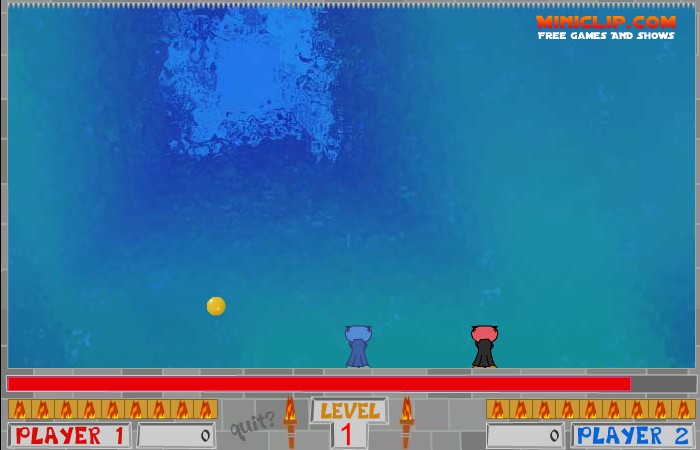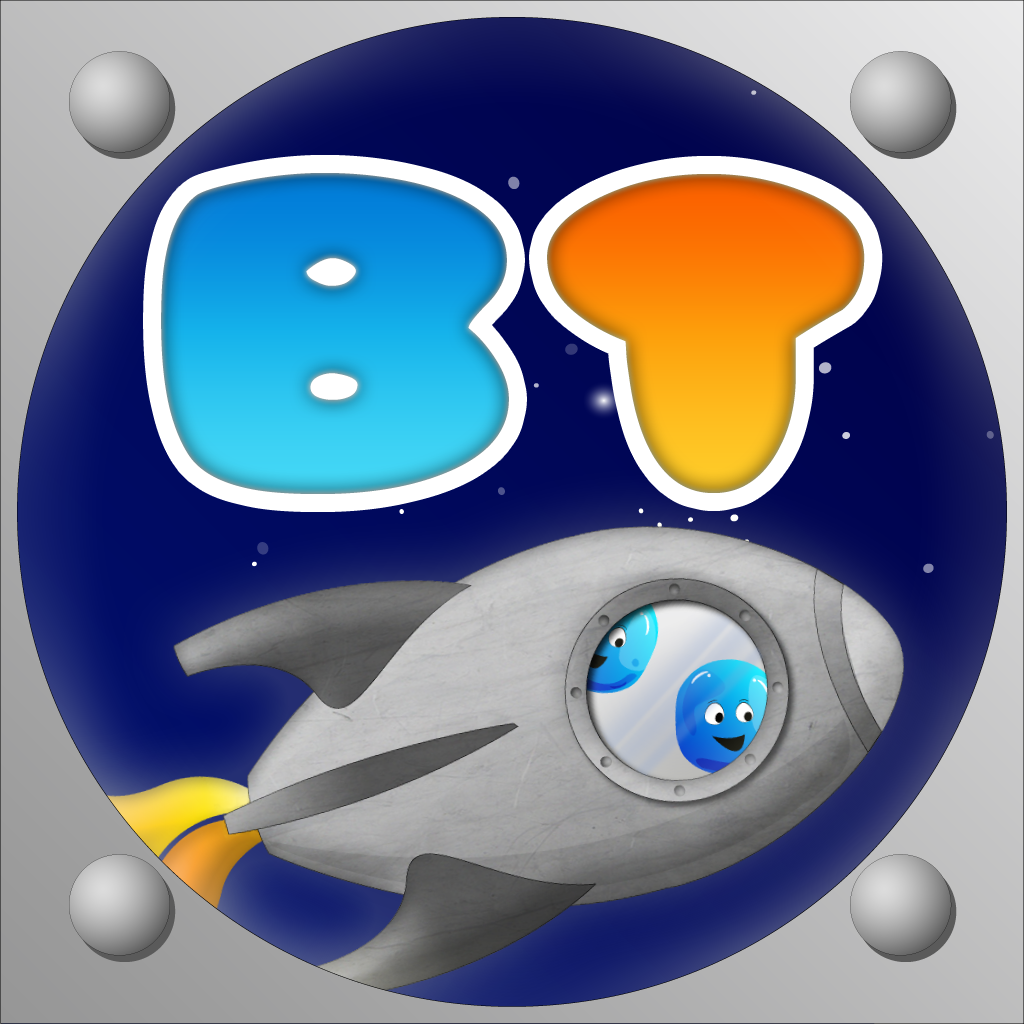

The first section surveys the scope of existing methods. What are participants’ experiences like over time courses that correspond to this neural activity? Results include findings that may challenge phenomenological assumptions of the Libet setup, for example the assumption that there is nothing leading up to a decision before its reporting.
#Bubble trouble ful screen free#
Neuroactivation precedes the reported time of free decision. This task involves participants freely choosing when to press a button. The third section applies our findings to broader philosophical concerns and includes an experiment testing dDES with an established psychological study-the Libet task, investigating free will. How can this method be useful to the rest of cognitive science? III.

Results often buck phenomenological assumptions, like the continuity hypothesis, that our streams of thought are unbroken and without gaps. For others, elements most often switch from moment to moment. For example, for some participants, experiential elements carry across multiple moments. Temporal experience is different for each participant. Results include a variety of such temporal relations, which can then be grouped into categories (e.g. Instead of asking about just one moment before the beep, here we ask about two moments, as well as the temporal relation between these moments.

This method adds a more direct temporal dimension to DES. The second section establishes a new method: dynamic Descriptive Experience Sampling (dDES). How then can altering temporal scope reveal new facets of experience? II. Temporal scope is a major factor for these differing aspects. As a result, DES and micro-phenomenology reveal different aspects of experience. Here we examine both methods using a mental imagery elicitation task. Micro-phenomenology involves interviewing participants by creating an evocation state of a past experience. DES involves interviewing participants about experience that occurs directly preceding random beeps. The first section introduces phenomenological methods and includes an experiment using a standardized task to compare two of the most established methods-Descriptive Experience Sampling (DES) and micro-phenomenology. This broad question will be examined across three sections and three experiments. This thesis investigates how time structures consciousness and consequently how consciousness structures time.


 0 kommentar(er)
0 kommentar(er)
